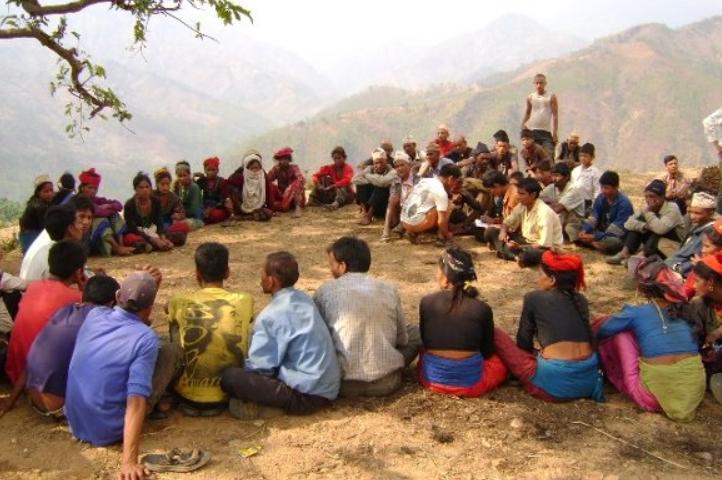The literature has focused a great deal on trying to identify the right or “ripe” moment to initiate negotiations between belligerent parties, but in their article “Ready for Prime Time: The When, Who, and Why of International Mediation,” Chester Crocker, et al [1], discuss the readiness of the mediator for the task-at-hand. They discuss 3 dimensions of mediator ripeness for leading an official peace process:
- Operational and political readiness
- Strategic and diplomatic readiness
- Relational readiness
For a non-governmental mediator, working to bring peace between communities in conflict at the local level, these dimensions are also worth considering before deciding to engage.
Operational readiness: does your organization have the capacity and resources to engage?
- Building a Strong Team: the lead mediator must have the required authoritativeness and savvy to be able to navigate the cultural complexities and conflict dynamics of the local context. Your team should partner with local peace-making organizations and include nationals who have legitimacy in the eyes of the belligerents.
- Identifying the Right Resources: restoring local peace takes time and finding a donor with the long-term vision for sustained social reconstruction is critical for engaging in sustainable peace-making work. When this is not possible, it is essential to develop realistic objectives for the resources that are available and manage local expectations.
Political readiness: do you have an entry point and national support for your peace-making work?
- Defining Your Mandate: while a track-I mediator should have a clear mandate, track-II peace-makers enjoy a greater amount of flexibility in defining the scope of their work. Their staying power depends on the acceptance they’ve gained from the parties and the focus of their work is tied to the issues raised by the parties and not the interests of States.
- Gaining Political Support: having the buy-in of government officials is important for the implementation of an inclusive peace process but can also be a double-edge sword when managing local conflicts. Political relationships can create negative perceptions of bias and unwanted influence or it can be perceived as an asset when marginalized communities are seeking to be heard by their government or the international community.
Strategic Readiness: does your peace-making strategy converge with the Track-I process?
- Facilitating Coordination: ideally, local peace-making activities should be integrated into the international community’s official peace-building strategy. As days turn into months and cease-fire agreements turn into power-sharing negotiations, protecting civilians in conflict from local exactions and violent retributions is just as important for peace to take root as maintaining the leadership engaged in the peace process.
Diplomatic readiness: do you have the leverage to gain international support?
- Gaining Diplomatic Support: effective track-II mediation work should seek to integrate international support in the network of strategic relationship s/he is seeking to build. It allows the Team to build leverage with the protagonists and can be used to maintain project support when complications emerge. It places your work within the regional and global political dynamics and can open-up informal communication channels for local concerns to be heard by high-level stakeholders.
Relational readiness: are your objectives in sync. with local needs?
- Acquiring Cultural Competency: a mediator’s identity, culture, and country of origin do not matter as much as that individual’s ability to build authentic relations with the parties in conflict. Designing a mediation process that honors social structures, incorporates local conflict resolution practices, and empowers indigenous leadership will allow for more sustainable agreements. Facilitating a participant-driven process ensures that issues, around which local stakeholders are having conflict, are heard and prioritized.
The most important criteria for selecting an international mediator is his or her capacity to shift conflict parties from contention to collaboration. Just as critical before deciding to engage is determining which national partners to work with, nurturing authentic relationships with locals, developing realistic objectives and expectations for the resources that are available, coordinating with track-I efforts, and having the political savvy to develop relationships with high-level stakeholders without losing one's independence.
______
[1] Chester Crocker, Fen Osler Hampson, and Pamela Aall. “Ready for Prime Time: The When, Who, and Why of International Mediation” Negotiation Journal (April 2003)
Photo credit: Youth Action Nepal

